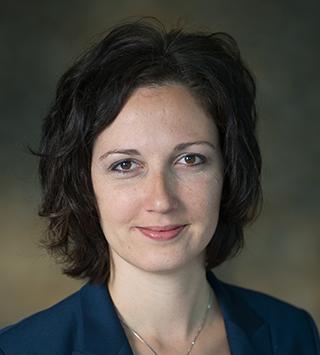The discrete applied mathematics research group studies theoretical, algorithmic, and computational problems in the fields of graph theory, discrete optimization, combinatorics, and algebraic geometry, with applications in biology, computer science, physics, management sciences, and engineering. Network science, with fundamental concepts from graph theory and computational techniques from discrete optimization, is widely applied to problems arising in transportation/communication, distribution, and security of resources and information. Combinatorial search incorporates graph theory, set systems, and algorithms to tackle information-theoretic questions in topics such as message transmission, data compression, and identification of defective samples in a population. Computational algebra joins tools from algebraic geometry with randomized algorithms from discrete geometry to develop methods to solve systems of polynomial equations arising in statistical inference and mathematical modeling.









